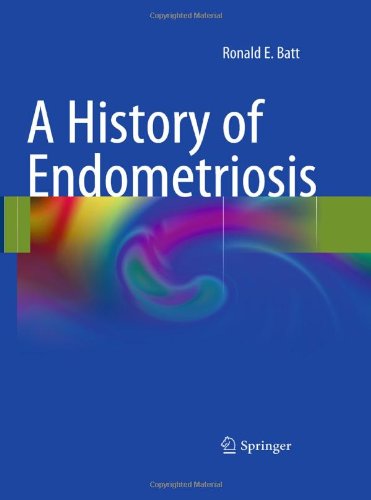

Most ebook files are in PDF format, so you can easily read them using various software such as Foxit Reader or directly on the Google Chrome browser.
Some ebook files are released by publishers in other formats such as .awz, .mobi, .epub, .fb2, etc. You may need to install specific software to read these formats on mobile/PC, such as Calibre.
Please read the tutorial at this link: https://ebookbell.com/faq
We offer FREE conversion to the popular formats you request; however, this may take some time. Therefore, right after payment, please email us, and we will try to provide the service as quickly as possible.
For some exceptional file formats or broken links (if any), please refrain from opening any disputes. Instead, email us first, and we will try to assist within a maximum of 6 hours.
EbookBell Team

4.4
82 reviewsThe year 2010 marked the sesquicentennial of the discovery and description of adenomyosis and endometriosis by Carl Rokitansky of Vienna. The intervening 150 years have seen intense basic scientific and clinical research, and the diagnosis and treatment of millions of women worldwide. Yet there has been no scholarly history, and little mention of endometriosis and adenomyosis in historical compendiums of disease.
Endometriosis must be understood as the dominant member of five closely related benign müllerian diseases: endometriosis, adenomyosis, endosalpingiosis, endocervicosis, and müllerianosis, and its history is intertwined within the tale of discovery of each of these diseases and their interrelatedness by a series of pioneering physicians. Possibly because endometriosis is an enigmatic disease best understood through increasingly sophisticated and reductionistic scientific research, historians of science and medicine have consequently not been forthcoming.
Faced with such a daunting task, A History of Endometriosis provides a stunning chronological and biographical history of endometriosis with a intellectual leitmotif to frame the history of these chronic diseases. A history of ideas has enabled the author to follow the intellectual development of physician-investigators as they identified and described endometriotic diseases and theories of pathogenesis as well as to trace their influence on one another, all revealed by a patient reading of primary and secondary sources.